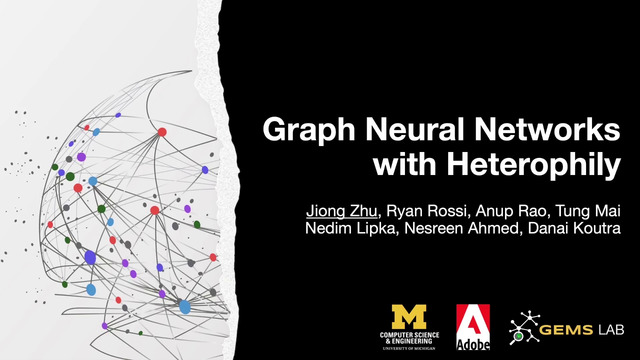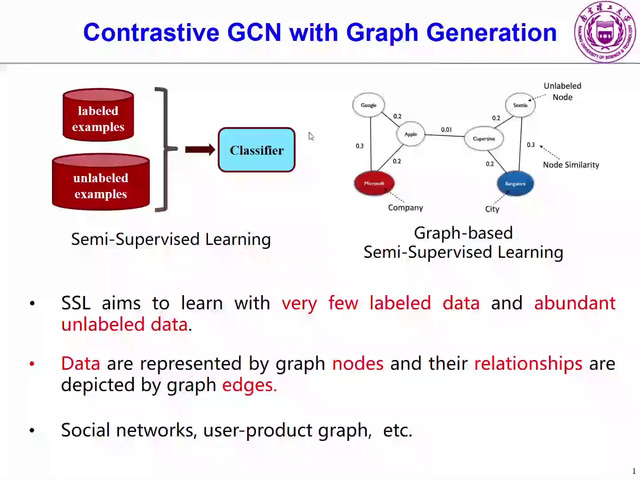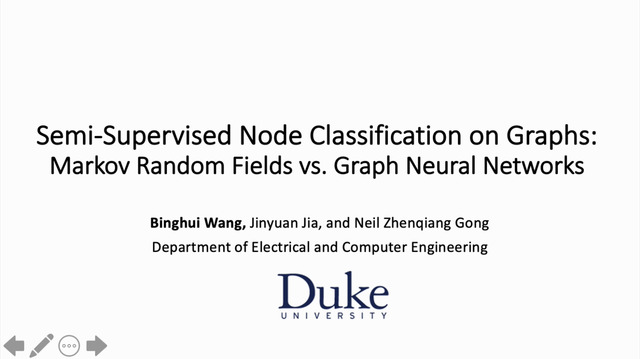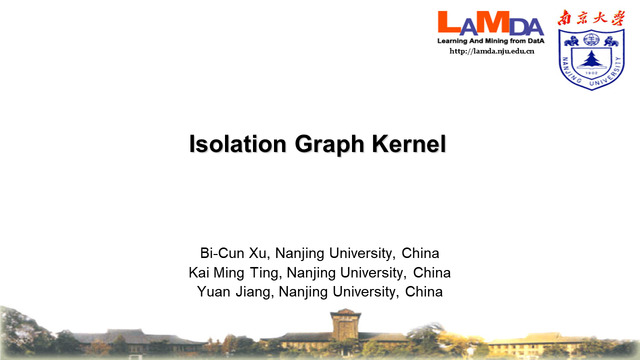Abstract:
Over the last few years, graph autoencoders (AE) and variational autoencoders (VAE) emerged as powerful node embedding methods, with promising performances on challenging tasks such as link prediction and node clustering. Graph AE, VAE and most of their extensions rely on multi-layer graph convolutional networks (GCN) encoders to learn vector space representations of nodes. In this paper, we show that GCN encoders are actually unnecessarily complex for many applications. We propose to replace them by significantly simpler and more interpretable linear models w.r.t. the direct neighborhood (one-hop) adjacency matrix of the graph, involving fewer operations, fewer parameters and no activation function. For the two aforementioned tasks, we show that this simpler approach consistently reaches competitive performances w.r.t. GCN-based graph AE and VAE for numerous real-world graphs, including all benchmark datasets commonly used to evaluate graph AE and VAE. Based on these results, we also question the relevance of repeatedly using these datasets to compare complex graph AE and VAE.









































